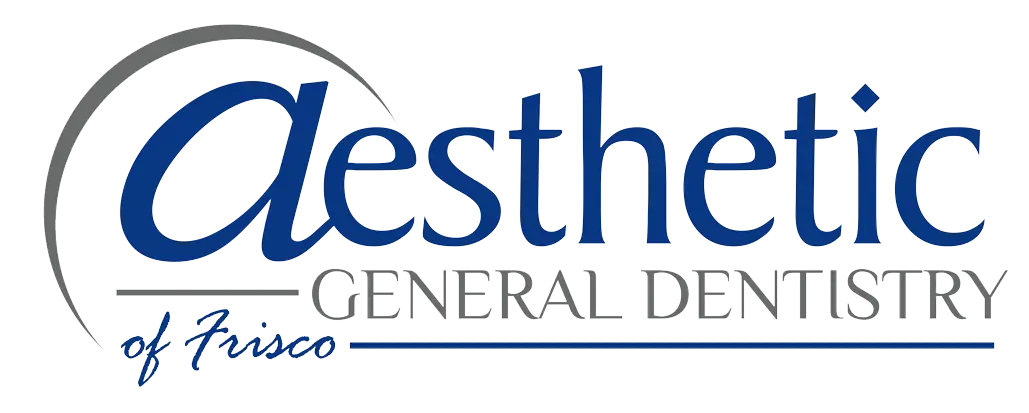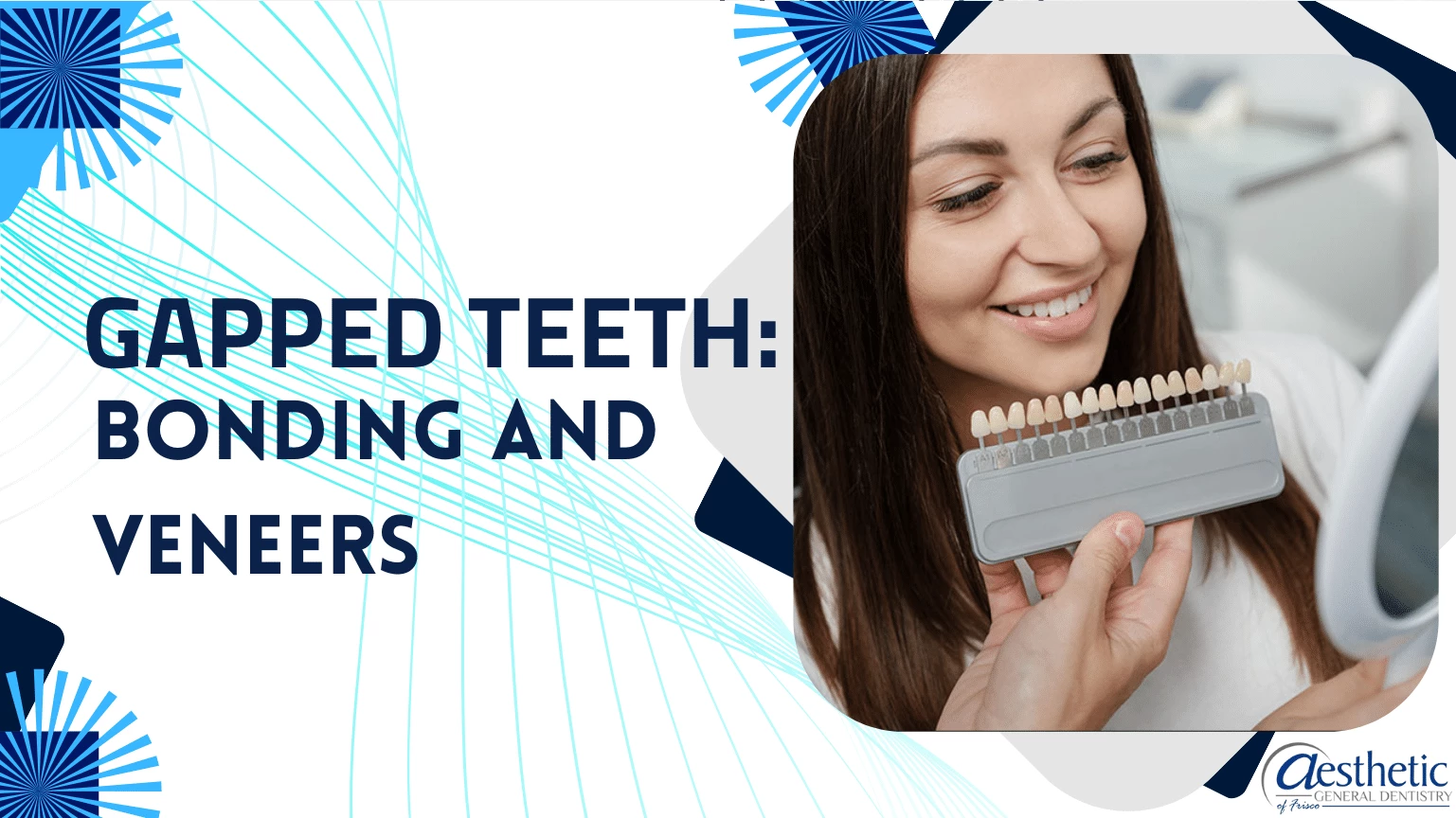Dental bonding is a cost-effective and minimally invasive procedure for correcting gapped teeth, a condition known as diastema. This involves applying tooth-colored resin material to the teeth that are sculpted and polished to fit the surrounding teeth effectively minimizing the appearance of gaps. Bonding is ideal for those seeking a quick solution, as the entire process can often be completed within a single dental visit.
In contrast, dental veneers offer a more durable and comprehensive option for treating gapped teeth. Thin veneers cover teeth’s fronts custom-made porcelain or composite shells providing a natural, uniform appearance.
While the process is more involved than bonding—requiring multiple visits and occasionally removing a small amount of enamel—veneers can drastically enhance the aesthetic of one’s smile and last for many years with proper care.
How do bonding and veneers help address gapped teeth, and what are the primary differences between these two dental procedures?
Both bonding and veneers are cosmetic dental procedures that can effectively address gapped teeth, but they do so in slightly different ways:
- Bonding: Dental bonding involves the application of applying tooth-colored composite resin directly to teeth to fix gaps, chips, or discoloration. For gapped teeth, the bonding material is applied to the edges of the teeth to fill the space and make it look uniform. Bonding is a relatively simple and conservative procedure that typically requires minimal tooth preparation, if any, need only one dental visit.
- Veneers: Dental veneers thin porcelain or composite resin casings designed to protect the front teeth. Veneers correct cosmetic issues, including gaps between teeth, stains, chips, and minor misalignments. To place veneers, a small bit of enamel is removed from the front teeth to create space for the veneers and ensure a natural-looking result.
Dental laboratories make veneers from impressions taken of the patient’s teeth and are bonded to the teeth during a subsequent dental appointment.
Primary differences between bonding and veneers:
- Material: Bonding uses a composite resin material that is placed directly to teeth and molded to the desired shape, while veneers are typically made of porcelain or composite resin and fabricated in a dental laboratory before being bonded to the teeth.
- Durability: Veneers are generally more durable and stain-resistant than bonding material, making them a longer-lasting solution for addressing cosmetic concerns. However, bonding may need to be repaired or replaced more frequently due to wear and staining.
- Tooth Preparation: Veneers require some enamel removal from the front surface of the teeth to ensure proper fit and aesthetics, whereas bonding usually requires minimal to no tooth preparation.
- Appearance: While bonding and veneers can provide natural-looking results, veneers may offer a slightly more lifelike appearance due to their ability to mimic the transparency and reflectivity of natural tooth enamel.
Ultimately, the choice between bonding and veneers depends on factors such as the extent of the gap between teeth, the patient’s aesthetic goals, budget considerations, and the dentist’s recommendation based on the individual case.
Are there specific factors that make bonding preferable for closing gaps between teeth over veneers, or vice versa?
The decision between dental bonding and veneers for closing gaps between teeth typically hinges on several patient-specific factors:
- Cost: Tooth bonding is cheaper than veneers. Patients often prefer it on a budget or those seeking a cost-effective temporary solution.
- Treatment Time: Bonding can be completed in a single visit, making it a time-saver for those looking for immediate results. Veneers require at least two trips: one for consultation and molding and another for application.
- Tooth Enamel Preservation: Bonding requires minimal to no removal of the tooth’s enamel, preserving more of the natural tooth structure. Veneers require the removal of some enamel, which is an irreversible process.
- Durability: Veneers tend to last longer than bonding. Patients may opt for veneers for a long-term solution despite the higher cost and more invasive procedure.
Conversely, specific scenarios might steer an individual towards veneers over dental bonding:
- Aesthetics: Veneers offer a superior aesthetic finish with a more natural and translucent appearance that mimics the surface of real teeth. Patients desiring a more dramatic cosmetic change often go with veneers.
- Stain Resistance: Veneers provide a more stain-resistant option for patients concerned about discoloration than the resin used in bonding.
- Longevity: Veneers generally have a longer lifespan than bonding, making them a more permanent solution that could be more cost-effective despite the higher initial investment.
- Extent of Gaps: If the gaps are large or multiple teeth are involved, veneers may provide a more comprehensive and uniform appearance. Dental bonding might be more suitable for smaller gaps or individual teeth.
What is the typical process for getting bonding or veneers to correct gapped teeth, and how long does each procedure take?
The process of getting bonding or veneers to correct gapped teeth typically involves several steps:
- Consultation and Examination: Consult a dentist or cosmetic dentist first. At this session, the dentist will check and discuss your teeth concerns, and determine if bonding or veneers are the most suitable option for correcting the gap between your teeth.
- Preparation: If veneers are chosen, the dentist will remove a little enamel from the front surface to prepare your teeth. This procedure creates veneer space and ensures a natural look. Bonding typically requires minimal to no tooth preparation.
- Impressions: After tooth preparation (if necessary), the dentist will take impressions of your teeth. These imprints shape making custom-made veneers or bonding materials that will be used to correct the gap.
- Fabrication: In a dental lab, experienced workers make the impressions of the veneers according to the dentist’s specifications. Bonding material may be prepared in the office and applied directly to the teeth during the same appointment.
- Placement: Once the veneers or bonding material comes, you’ll have to make an appointment to have the dental implant placed. To attach veneers to teeth, the dentist will use a delicate bonding agent or apply the bonding material to fill the gap, sculpting and shaping it to achieve the desired appearance.
- Finishing Touches: After placement, in order to guarantee a good fit, comfort, and aesthetics, the dentist will make any required changes. This may involve trimming or polishing the veneers or bonding material.
How long each process takes depends on the number of teeth treated, the case’s intricacy, and whether tooth preparation is needed. The average bonding appointment lasts 30 minutes to an hour per tooth. Veneers require two 1-2 hour treatments for tooth preparation and impression-taking and veneer implantation. From consultation to placement, the process may take weeks.
Are there any potential risks or side effects associated with bonding or veneers for gapped teeth that individuals should be aware of?
While bonding and veneers are generally safe and effective treatments for correcting gapped teeth, there are some potential risks and side effects that individuals should be aware of:
- Tooth Sensitivity: Some people may experience increased tooth sensitivity after bonding or veneers, especially if a significant amount of enamel is removed during the veneer preparation.
- Damage to Tooth Structure: Preparing teeth in preparation for veneers requires a little enamel removal, which can compromise the tooth structure and raise the likelihood of damage or fracture in the future. Bonding typically requires minimal to no tooth preparation, reducing this risk.
- Allergic Reactions: While rare, some individuals may be allergic to the materials used in bonding or veneers, such as composite resin or dental cement. Allergic reactions can manifest as gum inflammation, irritation, or other allergic symptoms.
- Discoloration: Over time, bonding material or the veneer materials may become stained or discolored, especially if exposed to certain foods, beverages (like coffee or red wine), or tobacco products. Regular dental hygiene and avoiding staining agents can help minimize this risk.
- Chipping or Breakage: Bonding material and veneers are durable but can still chip or break under excessive force or trauma. Avoiding habits like biting on complex objects (such as ice or pens) and wearing a mouthguard during sports can help prevent damage.
- Gum Irritation: Poorly fitting or poorly placed bonding or veneers can irritate the gums and cause inflammation or recession. Proper placement and regular dental check-ups can help prevent this issue.
- Replacement or Repair: Both bonding and veneers may need to be replaced or repaired over time due to wear, damage, or changes in oral health. This is a consideration for individuals seeking long-term solutions for gapped teeth.
Before bonding or veneer treatment, individuals should discuss these potential risks and side effects with their dentist and ensure they understand the expected outcomes and maintenance requirements. Regular dental check-ups and proper oral hygiene practices are essential for maintaining the health and longevity of bonding or veneers.
Let’s Help You Choose the Best for Your Dental Needs!
At Aesthetic General Dentistry of Frisco, our commitment is to tailor a gap solution that harmonizes with your dental needs and lifestyle. Whether you choose dental bonding for its practical and cost-effective qualities or opt for veneers to achieve a more permanent and aesthetically flawless transformation, our expert team is dedicated to guiding you through the process.
We prioritize your comfort and ensure that your treatment enhances your smile and supports your oral health. Let us help you make an informed decision and provide a customized care plan that best suits you. Contact us for more information!

